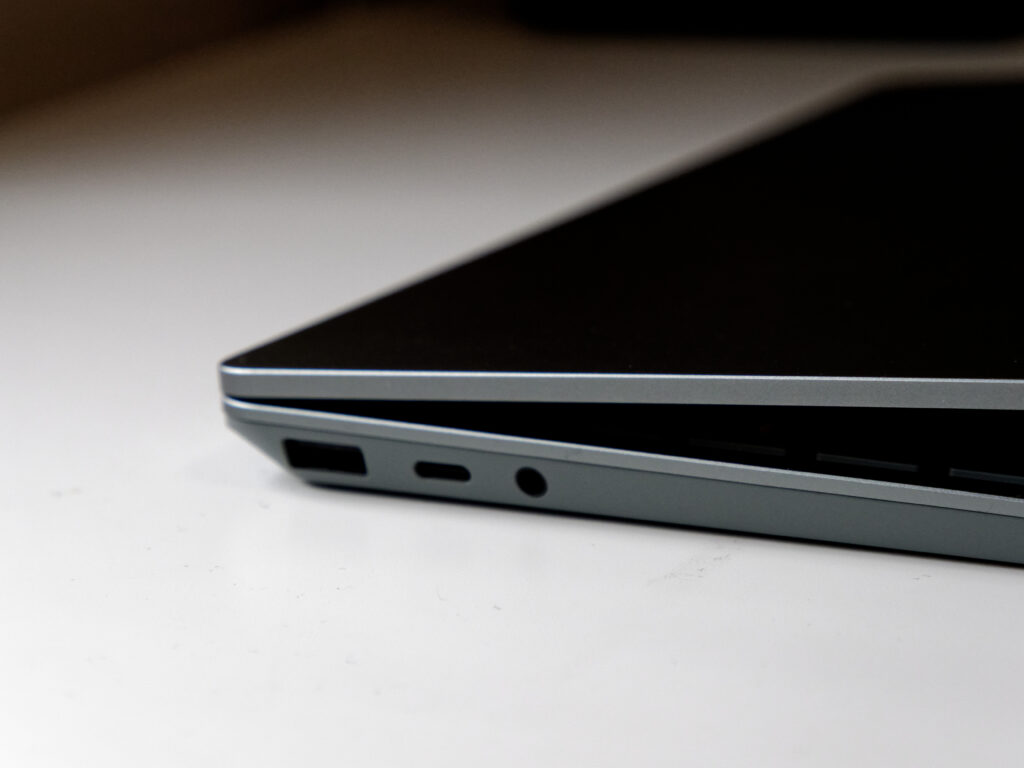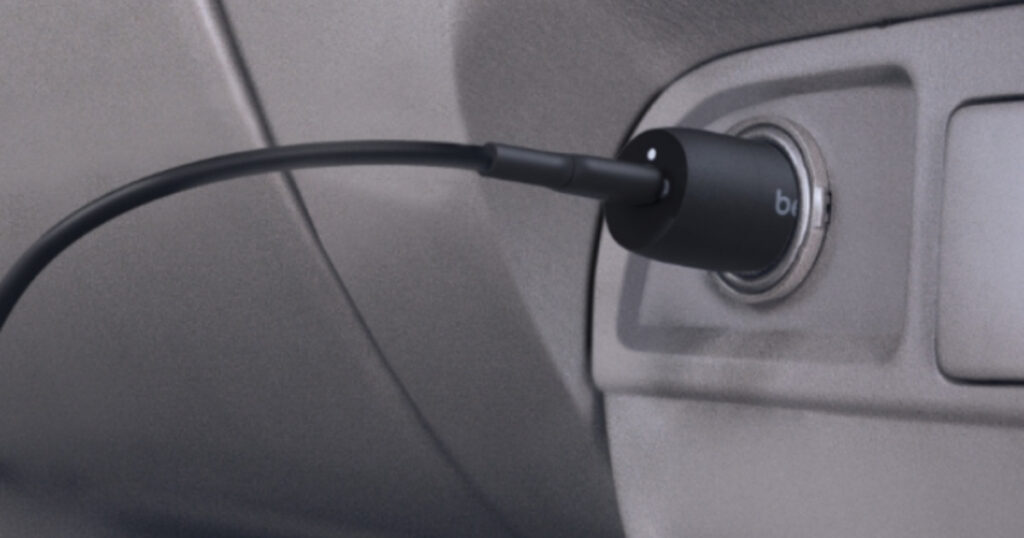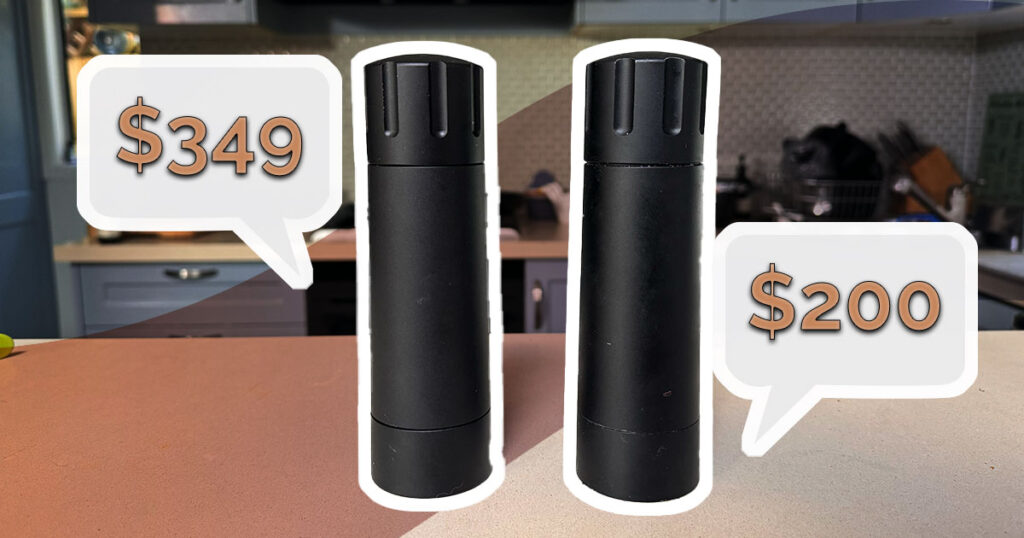8 simple ways you can boost your internet speed from slow to fast(er).
How to speed up your internet
Slow internet is something we've all encountered at one time or another. The thing is, there’s a range of reasons why your Ethernet, WiFi or mobile internet may feel so, so slow and be in dire need of a speed boost.
Beyond switching providers, or upgrading to a faster NBN plan, there are plenty of ways you can try to give your home WiFi speeds a little added boost. At the very least, there are options for remedying slow internet.
Here are a few simple ways you speed up your home internet.
1. Identifying slow internet
The first step is to identify expected internet speeds vs actual internet speeds. For home internet, this means understanding your maximum download and upload speeds. Your internet plan will have been sold to you with an expected download and upload bandwidth, represented in megabits-per-second (Mbps).
Outside of the so-called internet ‘busy period’, typically between 7.00pm and 11.00pm every night, your internet speeds should be close to what’s advertised.
Compare your actual internet speeds to what’s advertised in your plan by testing your internet connection by using our speed test tool.
Restart your networking equipment (modem, router, switch: in that order) to check if speeds improve. If they don’t improve and you’re connected with Telstra, TPG, Optus or another internet service provider (ISP), give them a call to discuss troubleshooting steps and options for why your internet isn’t reaching expected speeds.
If you’re not happy with the solution from your ISP, don’t be afraid to shop around and give your old one the flick.
Here's quick round-up of the most cheap premium speed NBN plans this week.
2. Mobile internet fluctuations
Speed tests can also be performed on mobile devices. If you’re connected to WiFi on a mobile device, your speeds will be determined by that network’s connection. Those with 4G- or 5G-compatible phones have access to the faster speeds of those newer mobile networks.
Keep an eye on the signal strength (represented with bars), as well as the network your phone is currently connected to. If it’s 4G or 5G, it’ll say so; if it says something else, expect slower speeds. It's worth noting that while 5G is rolling out Australia, it's still early days for the next-gen network so don't expect amazing coverage.
The fewer bars you see, the slower the speeds. Mobile internet is also noticeably impacted by user congestion, which means if you’re at a busy venue, like a major sporting event, expect your speeds to suffer.
Certain phones let you activate a ‘download booster’, which combines the speed of a WiFi network with your mobile network for noticeably faster download speeds. You should be able to find this option under your connection settings.
3. Maxed-out bandwidth
Bandwidth is a finite online resource. If all of your download or upload bandwidth is in use, speeds are greatly impacted.
If, for instance, you live in a home with a lot of heavy internet users, you’ll likely notice the internet speeds slow down when everyone is using the internet. Whatever that upload/download speed is for your home internet connection is the maximum that is available at any one time. Streaming to multiple devices in Full HD (or higher resolutions like 4K) can quickly throttle a connection and slow your internet.
Consider digging into your router’s settings for Quality of Service ‘QoS’ options to help speed up the internet for specific devices or tasks. Configure QoS to manually or automatically determine which devices should get priority.
Outside of this, certain devices allow for update scheduling, which means that large, bandwidth-destroying data downloads can potentially be relegated to daytime hours when nobody’s home, or at night when everyone’s asleep.
Additionally, try to reduce the number of apps or software that are running on your devices. Some apps have automated backup protocols that can sap download or upload bandwidth (OneDrive, Dropbox and Google Drive are big culprits).
Finally, be sure to secure your WiFi network with a password to ensure no unwanted guests are connecting to your home internet.
4. Home network configuration
Identifying the bottleneck in your home network can be tricky. First determine whether it’s one device, multiple devices or all of them that are suffering from slow internet. If it’s all devices, the problem is likely with your networking equipment; if it’s one or a few, it’s worth troubleshooting those. If the problem isn't your networking equipment, or connected devices, the problem could be a wider network or ISP issue. We have a guide for general internet troubleshooting if you need more help diagnosing the issue.
An easy way to improve internet speeds is to split across Ethernet and Wi-Fi connections. Wired Ethernet connections are generally faster and more reliable for both local transfers and online connectivity.
If you can help it, use an Ethernet connection wherever possible.
The more Ethernet devices you use, the more wireless bandwidth there is for WiFi devices. More local bandwidth gives you a better chance of accessing your full online bandwidth, which means faster internet speeds.
Also, try to position your router in a central and, ideally, high-up place for better WiFi coverage. Better coverage results in a better connection that means, you guessed it, faster internet speeds.
Dig into the router settings, too, to test different WiFi channels. Switch to one with the least interference from other in-home devices or even neighbours. Less interference equals faster internet speeds.
5. Upgrading your equipment
It’s not the cheapest solution, but it may become an investment in faster internet. Your ISP may have conveniently sent you a modem-router. This bundled modem-router convenience puts a lot of pressure on one bit of networking gear to perform multiple tasks across online connectivity, Ethernet connections and WiFi devices.
Where possible, it’s worth connecting the modem to a separate router: ideally, a high-end one with multiple WiFi frequencies (2.4GHz and 5GHz). Bear in mind that 2.4GHz is slower than 5GHz but has better range. If you’re in a bigger abode, pick a router that specialises in range, or consider investing in WiFi extenders or powerline networking options to extend the strength of your WiFi network and improve both local and online speeds.
If you want to go all out, combine a separate modem and router with a networking switch. All Ethernet connections go into the switch. The switch then connects to the router with a single Ethernet cable, which frees the router almost exclusively for wireless tasks. The router connects to your modem with a single Ethernet cable, which means the modem is dedicated to online activities.
If you don't want to go to that much effort, you'll still be a lot better off purchasing a new NBN modem in place of whatever your ISP supplied.
The same upgrade logic applies to your devices. If you have a new-fangled home network but are using old devices on it, they won’t be able to take advantage of the full-speed potentiality. Generally speaking, newer devices connected to newer networking equipment should result in noticeably improved internet speeds (capped primarily by the available internet bandwidth).
6. Clear your browsing cache
The more you use a device, the more clutter that accumulates from your online activities. Get into the regular habit of clearing the browsing cache on your devices. For computers, this is done on a per-browser basis, which means if you use more than one browser, you have to clear the cache of each one. Also consider deleting internet history to speed up potential browser blockages.
Speaking of browsers, keep the number of tabs to a minimum. Not all browsers operate at the same speed, either, which is why it’s worth using Chrome, Firefox, Opera or Edge on Windows 10 PCs. Whatever browser you use, ensure it’s up to date and keep the plugins to a minimum. It’s also worth downloading an ad blocker to speed up browsing.
8. Update your devices
Stay on top of updates for your software and devices. For devices, this includes firmware for the device itself and patches for the various apps and software you have installed. For PC users, it’s worth checking for hardware driver updates, specifically for Ethernet and WiFi, to ensure maximum possible internet speeds. Visit the website of your device manufacturer for new drivers, or use CCleaner or other driver-updater software to scan for outdated drivers.
One last step for speeding up your internet browsing is by updating your DNS settings. DNS values can be changed in your router to affect all connected devices or on a per-device basis. There are many DNS options to choose from, but three of the most popular ones are OpenDNS (208.67.222.222 primary; 208.67.220.220 secondary), Cloudflare (1.1.1.1 primary; 1.0.0.1 secondary) and Google (8.8.8.8 primary; 8.8.4.4 secondary.
Ultimately, your internet is limited by the maximum available bandwidth, as determined by your home or mobile plan. If it’s underperforming, these steps should help boost your internet speed across browsing and other online tasks. If these steps don’t help and your internet speed is still below spec, talk to your ISP or find a new one.
Gotta go faster?
As we mentioned above, sometimes the only answer is upgrading your service to a new provider or plan on a faster speed tier. The fastest NBN tier currently available to most people is Fast NBN 100 (100Mbps). Though, a lucky few HFC (Hybrid-Fibre Coaxial) and FTTP (Fibre-to-the-premise) customers can acess speeds of 250Mbps and beyond. If you're not one of the lucky few, NBN 100 is your next best option. Here are some of the most popular NBN 100 plans this week.
Related Articles



